Dor Rox hero


Introducing Dorchester and Roxbury




Note: Dorchester and Roxbury are adjacent but separate neighborhoods of Boston. Because a number of our narrators and their families lived in both Dorchester and Roxbury, and because the two neighborhoods had similar historical and geographical patterns of Jewish migration, this project treats them together.
The adjoining Boston neighborhoods of Dorchester and Roxbury, Massachusetts, were home to many Jewish families in the first half of the 20th century. Jewish immigrants began to leave the crowded tenement neighborhoods of Boston’s West and South Ends and Chelsea in the early 1900s, drawn to the more open neighborhoods of Dorchester and Roxbury, which were linked by Franklin Park, a jewel of a green space designed by Frederick Law Olmstead. As such, Dorchester and Roxbury represented the first “suburb” of Greater Boston for Jewish families who had achieved some economic success. Following this middle-class migration, working-class immigrant families began to settle in the area between the 1920s and 1950s, the period in which our narrators were born. At its height, between 1930 and 1940, the Jewish population in the Dorchester and Roxbury neighborhoods was nearly 80,000, half of Greater Boston’s Jewish population.
With Blue Hill Avenue running the length of the combined area, Jewish life in Dorchester and Roxbury was anchored by large shuls, including Adath Jeshurun (better known as Blue Hill Avenue Synagogue) and Beth Hamidrash Hagadol (Crawford Street Synagogue) in Roxbury, and Agaduth Israel and Beth El (Fowler Street Synagogue) in Dorchester. Other important sites for Jewish families were the YMHA in Roxbury and Hecht Neighborhood House in Dorchester, and Franklin Field. Families moving to Dorchester and Roxbury neighborhoods brought Jewish immigrant customs with them; Yiddish was spoken at home and in the streets. In their oral histories, narrators describe the sights and sounds of the shops on Blue Hill Avenue where daily life took place, they also recall that “The world shut down on high holidays.” Those who grew up in Dorchester recalled “the Wall” in Franklin Field as a popular meeting place for teens on Jewish holidays and after school.
Similar to memories of Chelsea, several of the “Jewish Neighborhood Voices” narrators from Dorchester and Roxbury recall their neighborhoods as a Jewish “shtetl” or “ghetto”—as a geographically and ethnically insular area. Nearly all mentioned the blockbusting and redlining that took place mid-century, as unscrupulous realtors manipulated and discriminated against Black families while also creating an atmosphere of fear for Jews. The narrators’ understanding of the social and economic upheaval that eventually ended Jewish neighborhood life in Dorchester and Roxbury came more from hindsight and history than from memory.

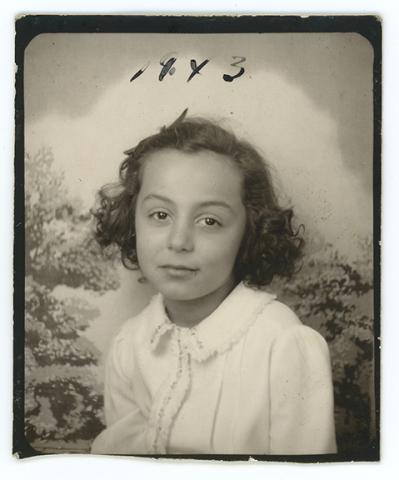
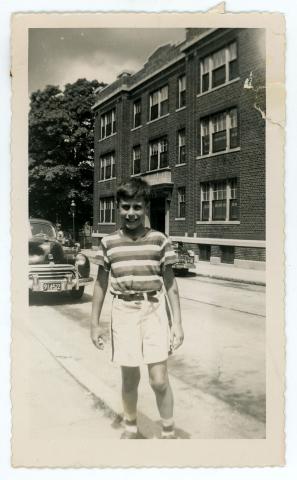
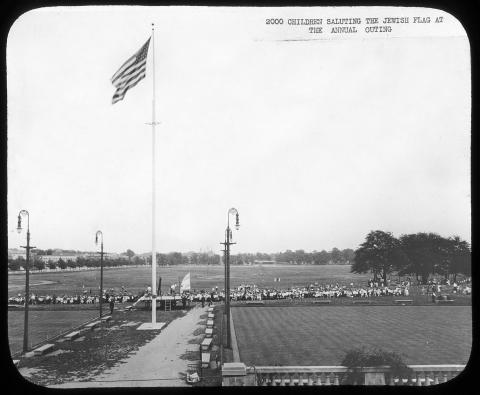
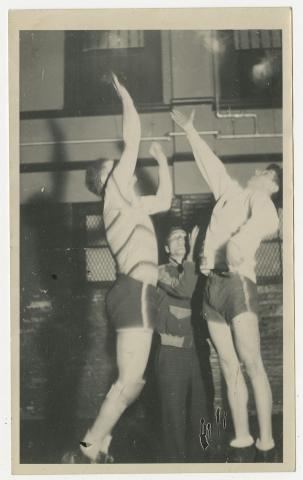
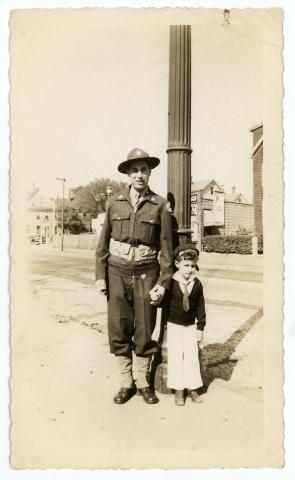
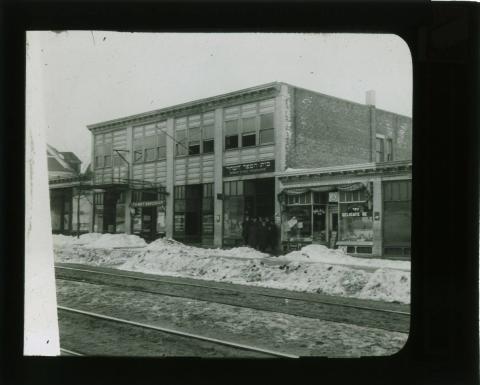
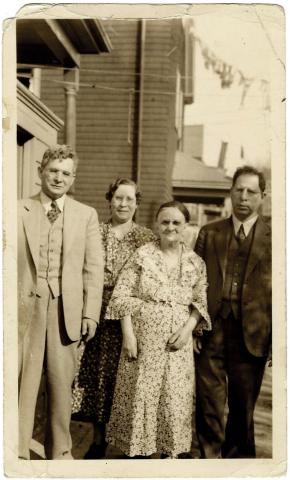
Learn about the Dorchester and Roxbury narrators, and hear selected stories of growing up in the neighborhoods.
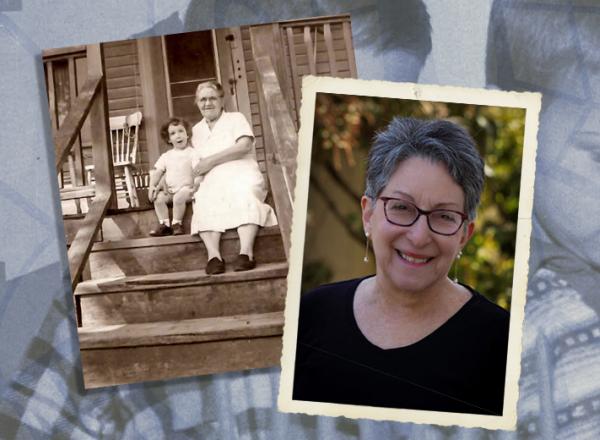
Thank you for visiting! Please consider supporting the Jewish Heritage Center’s work to preserve, explore, and advance understanding of Jewish history and heritage.
Donate Now